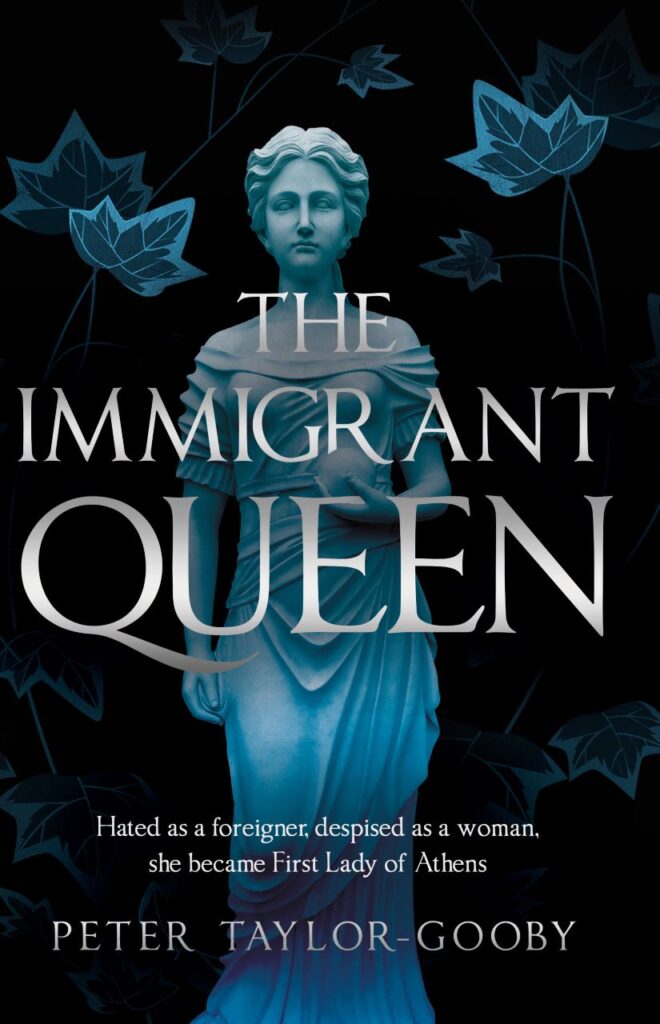Devil’s Consort
The story arc of Devil’s Consort takes Eleanor of Aquitaine from her marriage to Louis Capet, future King of France, to her coronation as Queen of England. As such, it makes an unusual ‘romance’ story. Henry, when Eleanor first meets him, is a youth – extraordinary, but outshone by his father. At the end, when they marry, it is already a relationship burdened with infidelity and several other skeletons. For the fifteen years that are the heart of this novel, Eleanor is trapped in an unhappy marriage. Anne O’Brien’s Eleanor is a warm, intelligent beauty longing for the freedom to be herself, but emotionally and sexually frustrated.
I found a good deal to enjoy. O’Brien writes with transparent, spare prose. She sets up her scenes very well, extracts full value from them. Her Plantagenets crackle with energy, and her Louis disgusts with his asceticism. She charts for the reader a clear sense of the accepted political rivalries of the time, and of the complex power shifts as the Norman empire becomes superseded by the Angevins.
The problem with any book about Eleanor is that the history is uncertain. There are fierce academic debates about her ‘reputation’ – what was true, what malicious fabrication. There is also quite an Eleanor cult going. By whatever standard, she was remarkable.
Novelists can choose the elements that best fit the story and the character they wish to depict. O’Brien’s choices are not always mine, which is why I don’t give this unreserved praise. But it’s a full throttle, well researched and satisfying read – and I preferred it to Alison Weir’s recent Captive Queen (too sexed-up for me), and to Pamela Kaufman’s Book of Eleanor.










